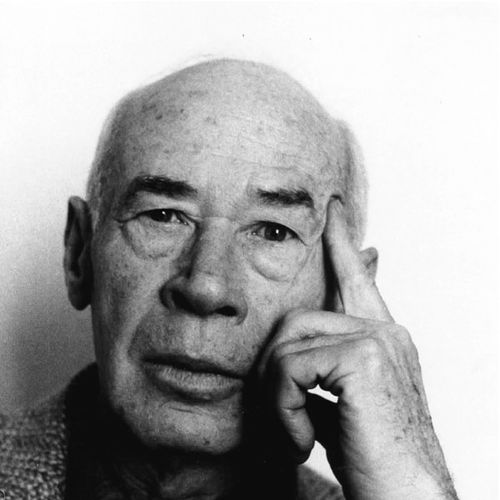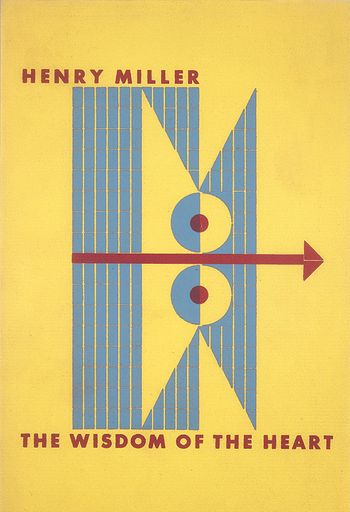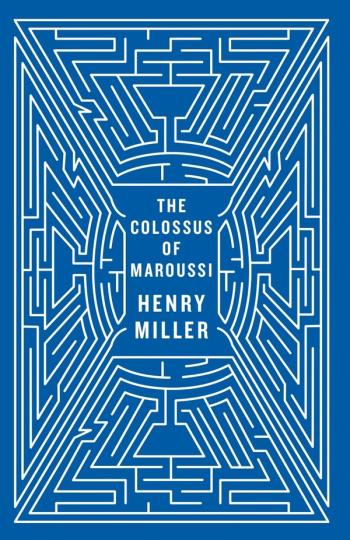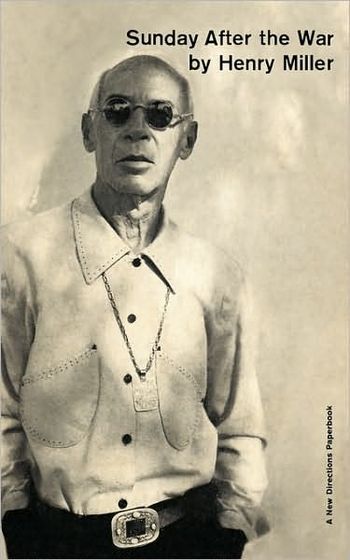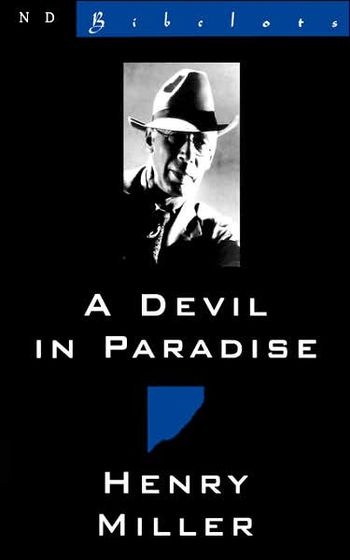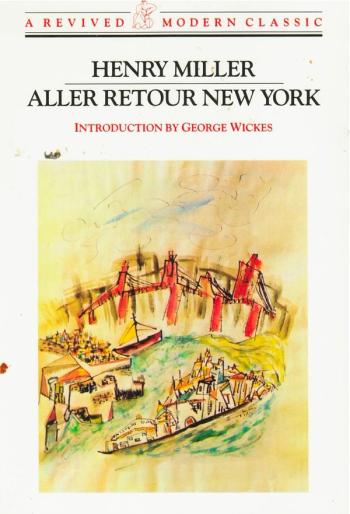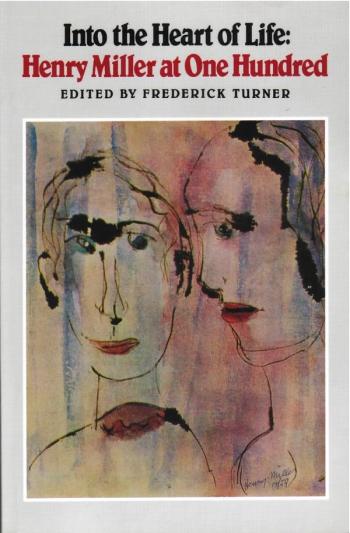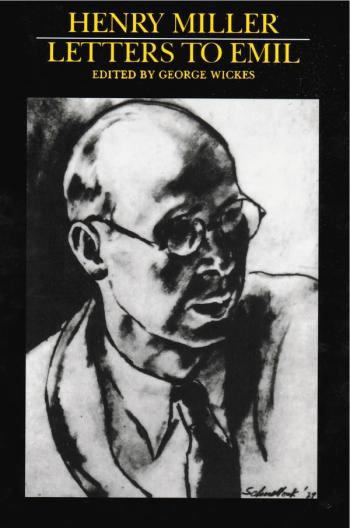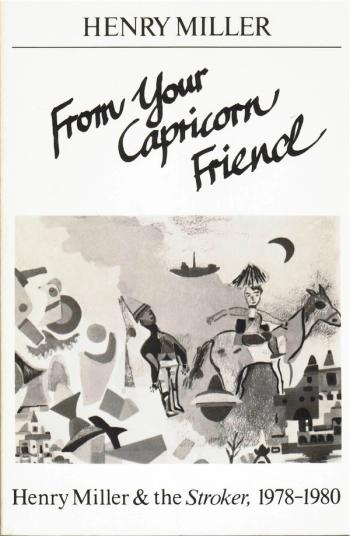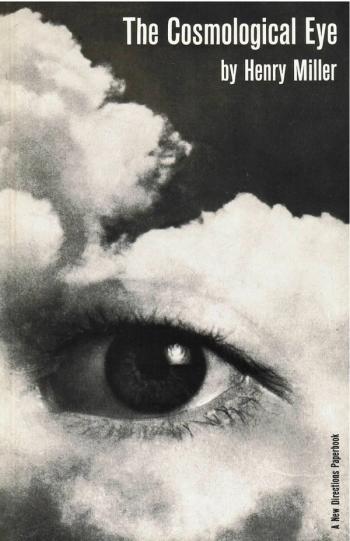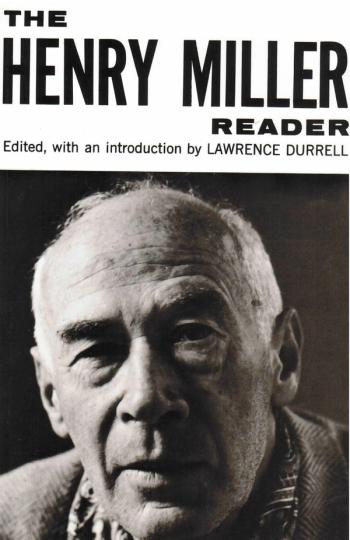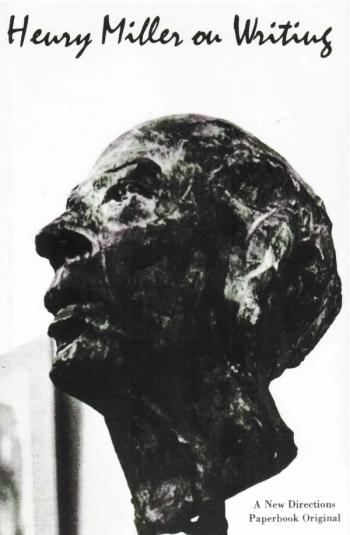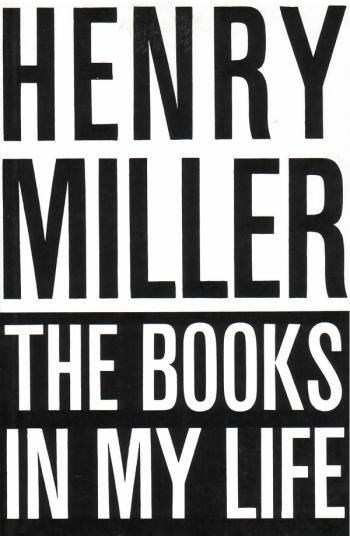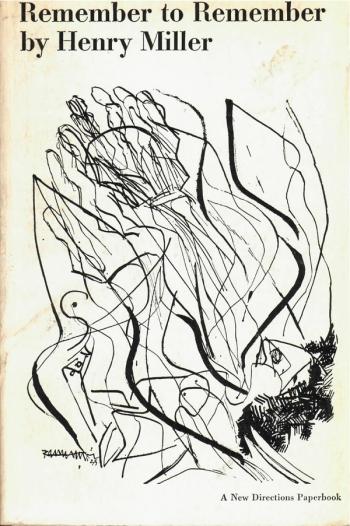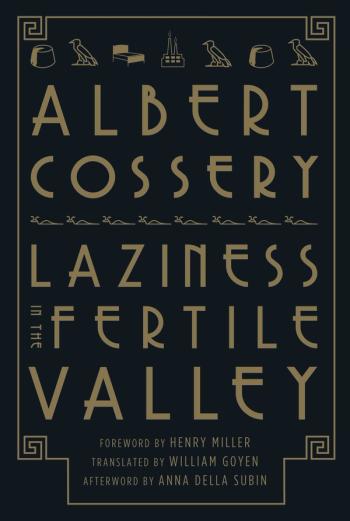As author
The Wisdom Of The Heart
Sextet
The Colossus Of Maroussi
Sunday After The War
The Book Of Friends
A Devil in Paradise
Aller Retour New York
Into the Heart of Life
Letters To Emil
From Your Capricorn Friend
Just Wild About Harry
The Smile At The Foot Of The Ladder
The Air-Conditioned Nightmare
The Cosmological Eye
The Henry Miller Reader
Stand Still Like The Hummingbird
Henry Miller On Writing
The Time of the Assassins
The Books In My Life
Remember To Remember
Big Sur and the Oranges Of Hieronymus Bosch
As contributor
Henry Miller
Henry Miller (1891–1980) was born in New York, and spent his childhood in the Williamsburg neighborhood of Brooklyn. In the late ’20s, Miller came to Paris with his wife June, and became acquainted with Anaïs Nin, who would become his lover and patron. Nin was the first publisher of Tropic of Cancer, which was the subject of a landmark obscenity trial when it was published in the U.S. in 1961. Miller’s writing, which was often sexually explicit, blended fiction, memoir, personal philosophy and social commentary. Forbidden by authorities, his books were smuggled into the U.S. and became highly influential on the new generation of Beat writers. His later years were spent writing and painting in Big Sur, on the coast of California.
